Is this a good composition for a raised bed?
mattnova
16 years ago
Related Stories

FARM YOUR YARDHow to Build a Raised Bed for Your Veggies and Plants
Whether you’re farming your parking strip or beautifying your backyard, a planting box you make yourself can come in mighty handy
Full Story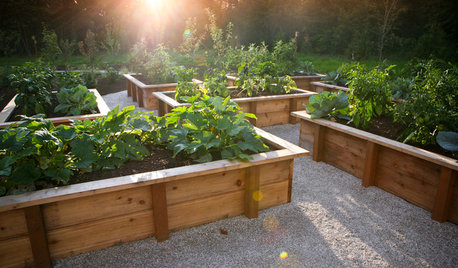
GARDENING AND LANDSCAPINGRaised Beds Lift Any Garden
From good old-fashioned wood garden boxes to modern metal troughs, raised beds can make any landscape space look great
Full Story
SPRING GARDENINGInspiring Raised Beds for Fall and Spring Planting
Make Your Next Vegetable Garden Even Better with Beautiful Boxes and Paths
Full Story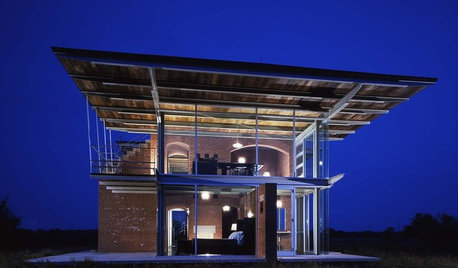
LIGHTINGGreat Compositions: Heavy and Light
Contrast in mass, delicacy, color and texture creates unforgettable design
Full Story
GARDENING GUIDES8 Materials for Raised Garden Beds
Get the dirt on classic and new options for raised vegetable and plant beds, to get the most from your year-round garden
Full Story
GARDENING AND LANDSCAPINGBuild a Raised Bed to Elevate Your Garden
A bounty of homegrown vegetables is easier than you think with a DIY raised garden bed to house just the right mix of soils
Full Story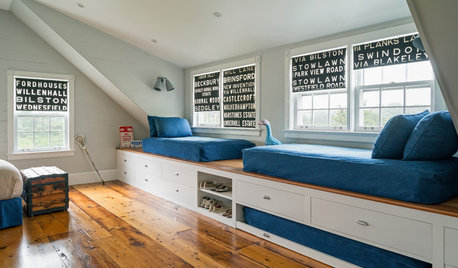
WINDOW TREATMENTSRoller Shades Raise the Curtain on Style
The humble window treatment is stealing the scene with fresh patterns, color and pizzazz
Full Story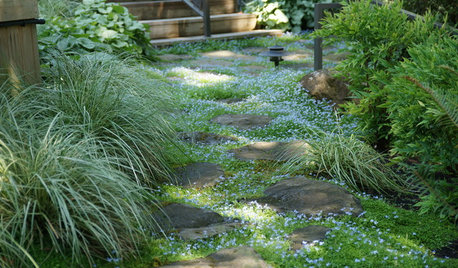
LANDSCAPE DESIGNWhy the Art of Restraint Is So Good for Your Garden
Drifts of naturalized plantings offer the perfect inspiration for your home landscape
Full Story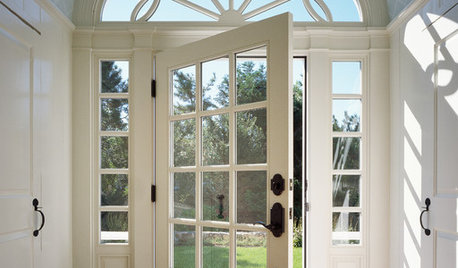
REMODELING GUIDESThe Good House: Little Design Details That Matter
Tailored trim, cool counters and a nice weighty door — such details add so much to how a home feels to the people inside
Full StoryMore Discussions






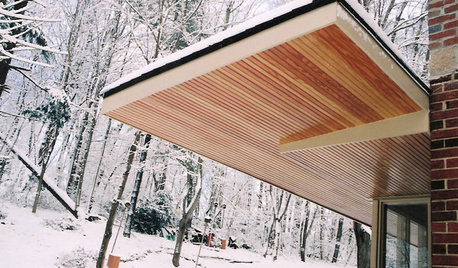
mattnovaOriginal Author
tapla (mid-Michigan, USDA z5b-6a)
Related Professionals
Centereach Landscape Contractors · Fruit Heights Landscape Contractors · Huntington Landscape Contractors · Saint George Landscape Contractors · Tamarac Landscape Contractors · Tehachapi Landscape Contractors · Peoria Fence Contractors · Homestead Fence Contractors · Hull Fence Contractors · Lincolnwood Fence Contractors · North Miami Beach Fence Contractors · Oro Valley Fence Contractors · Saginaw Fence Contractors · Salt Lake City Fence Contractors · San Rafael Fence ContractorsmattnovaOriginal Author
tapla (mid-Michigan, USDA z5b-6a)
mattnovaOriginal Author
lou_spicewood_tx
mattnovaOriginal Author
lou_spicewood_tx
lou_spicewood_tx
tapla (mid-Michigan, USDA z5b-6a)
ltruett
tapla (mid-Michigan, USDA z5b-6a)
mattnovaOriginal Author
tapla (mid-Michigan, USDA z5b-6a)
mattnovaOriginal Author
tapla (mid-Michigan, USDA z5b-6a)
mattnovaOriginal Author
tapla (mid-Michigan, USDA z5b-6a)
mattnovaOriginal Author
jayco
tapla (mid-Michigan, USDA z5b-6a)
jayco
tapla (mid-Michigan, USDA z5b-6a)